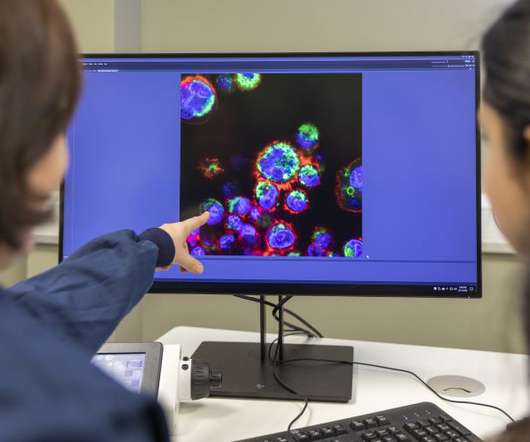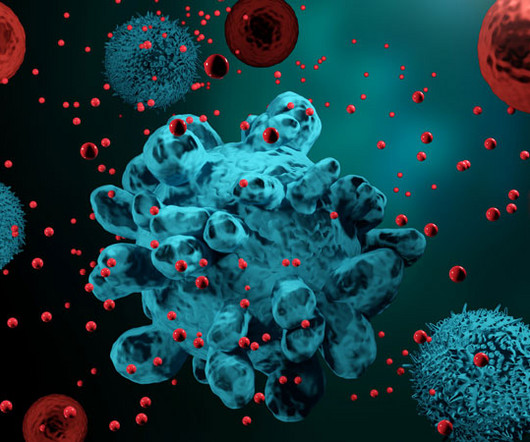Conjugation and Labeling of Molecules: A Burgeoning Approach in Therapeutics Development and Molecular Imaging
Roots Analysis
SEPTEMBER 13, 2023
Conjugation is the process of formation of a single, stable hybrid, wherein one of the entities is a molecule, such as protein, antibody, peptide and small molecule. It is worth noting that bioconjugation with stable ( non-radioactive ) isotopes is widely employed for the analysis of dynamics and metabolism of small molecules.













Let's personalize your content